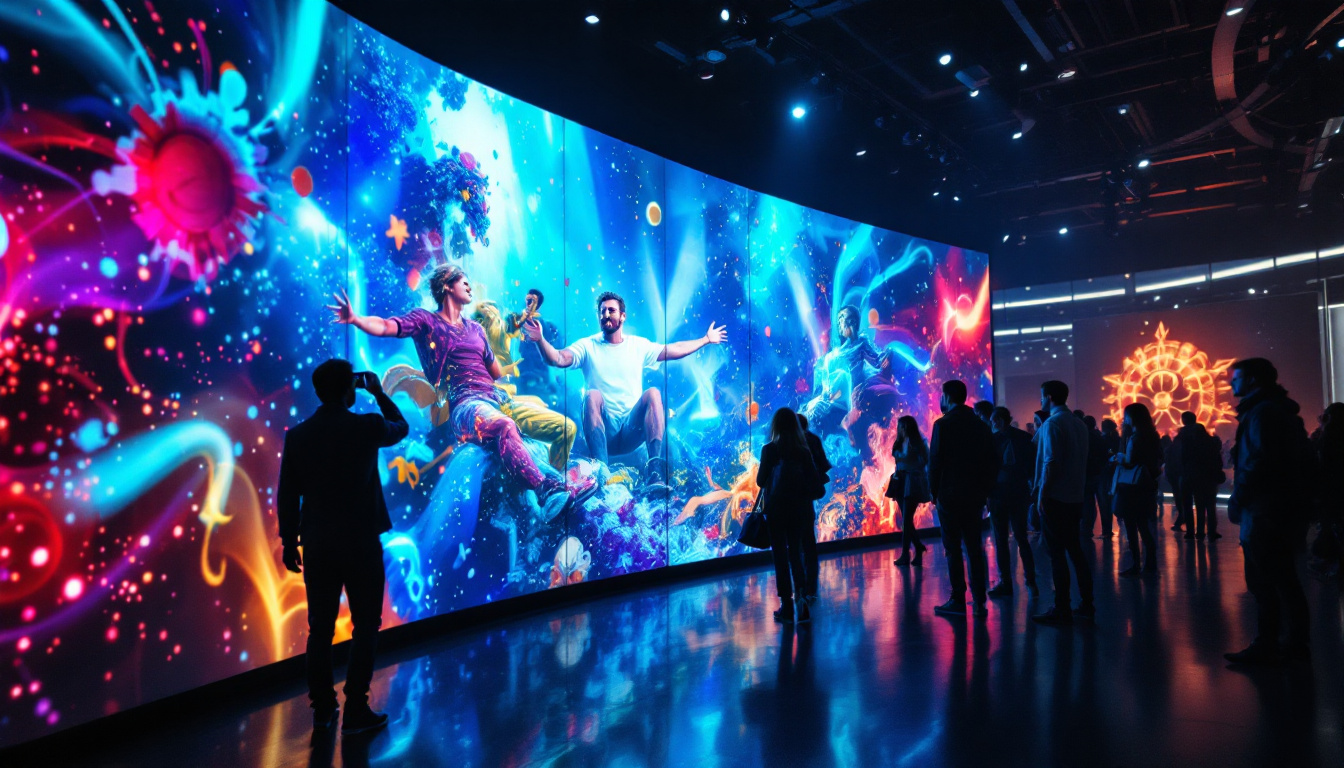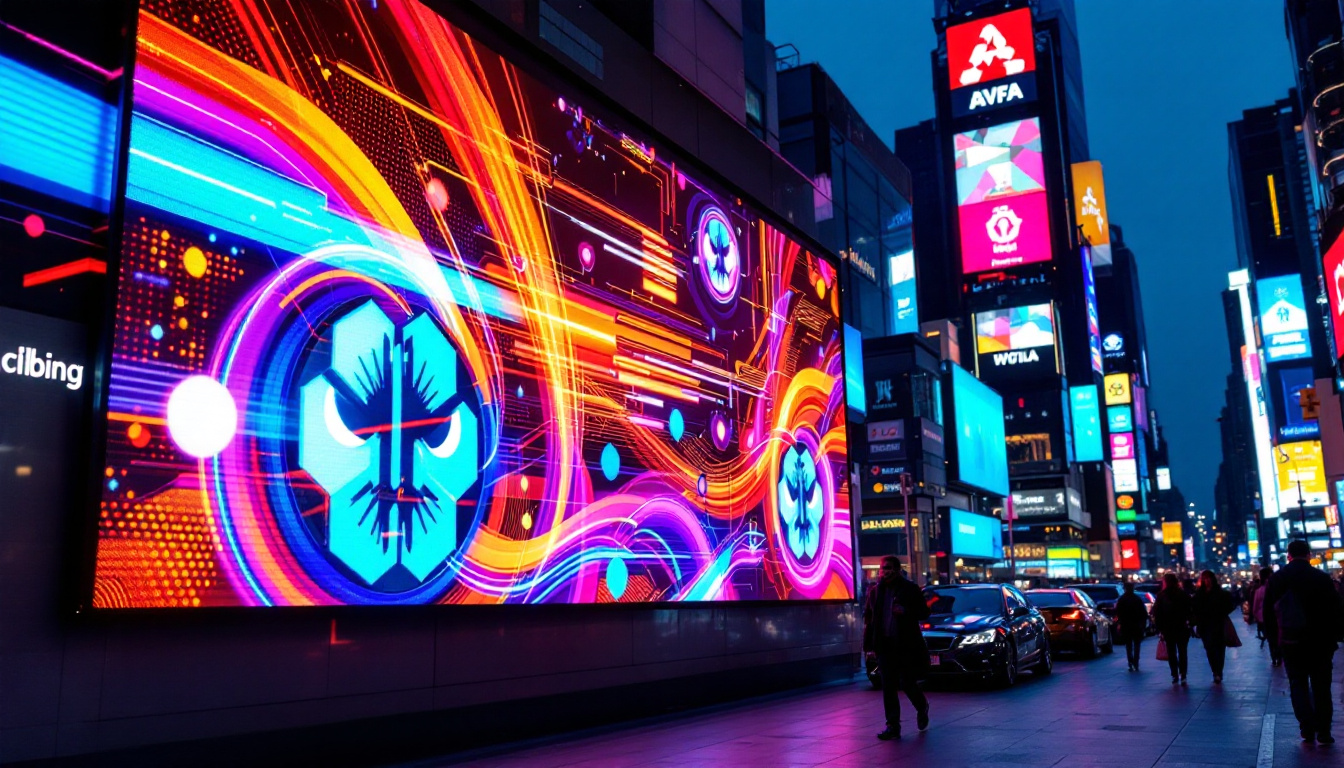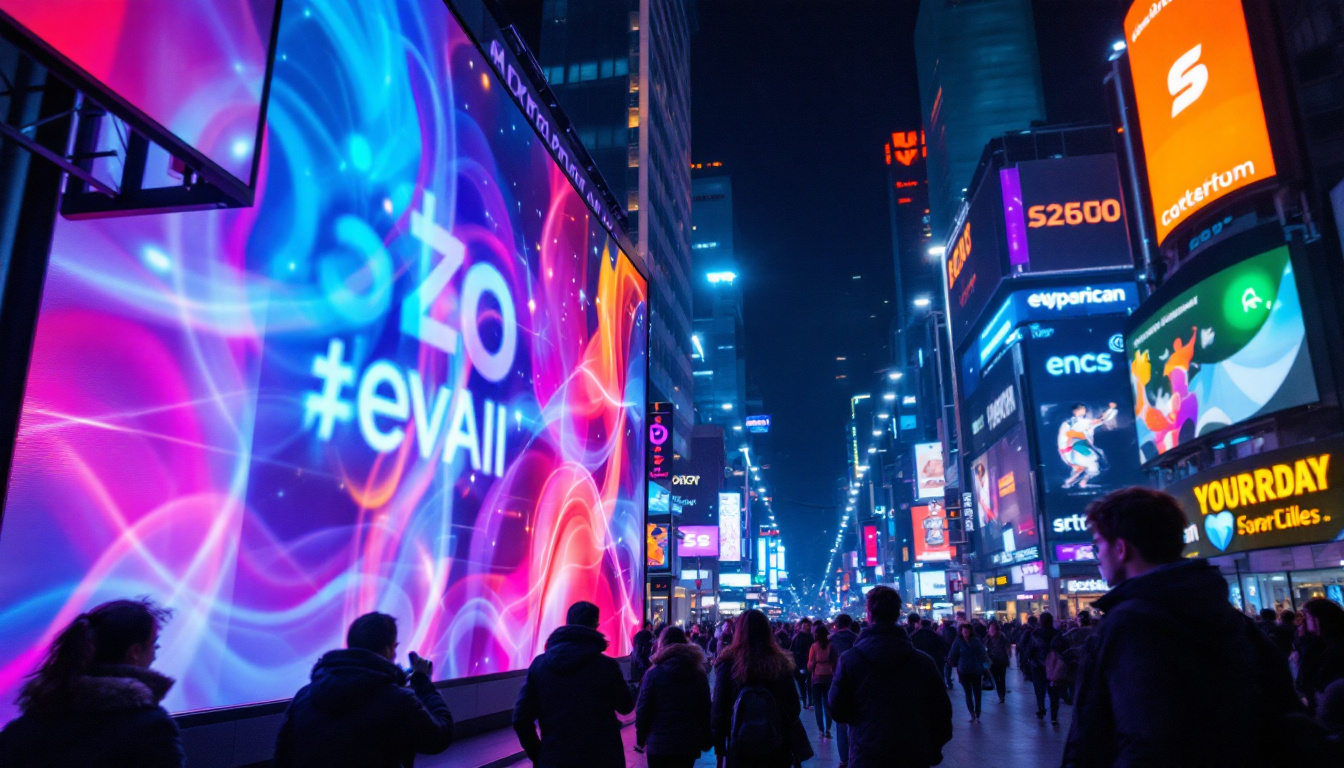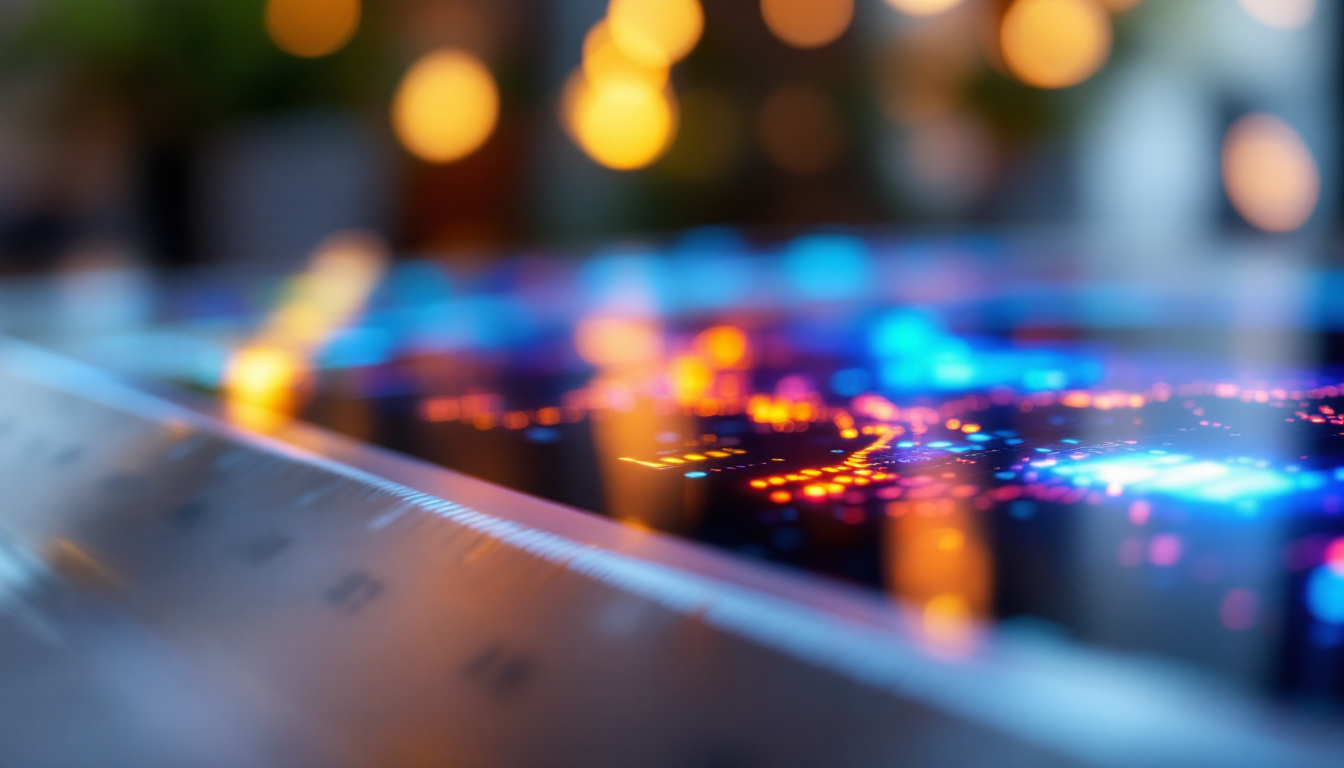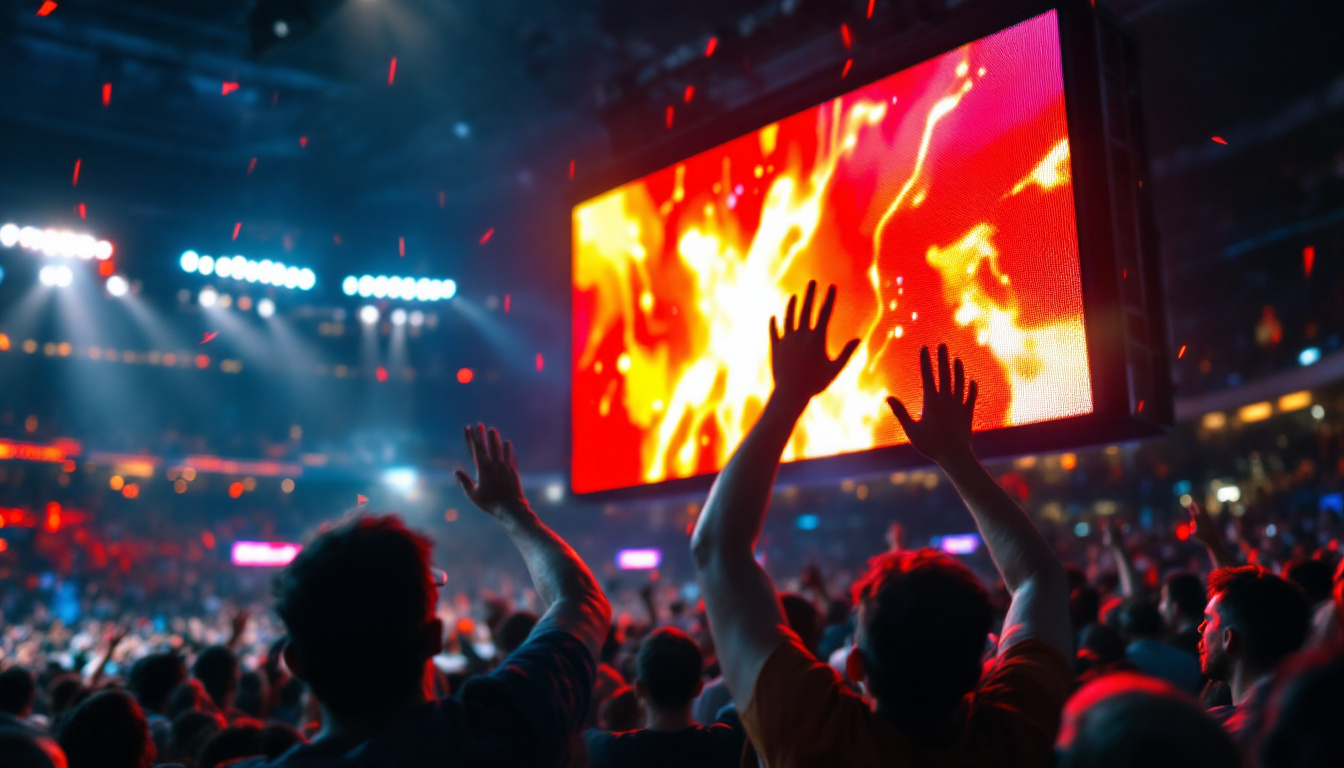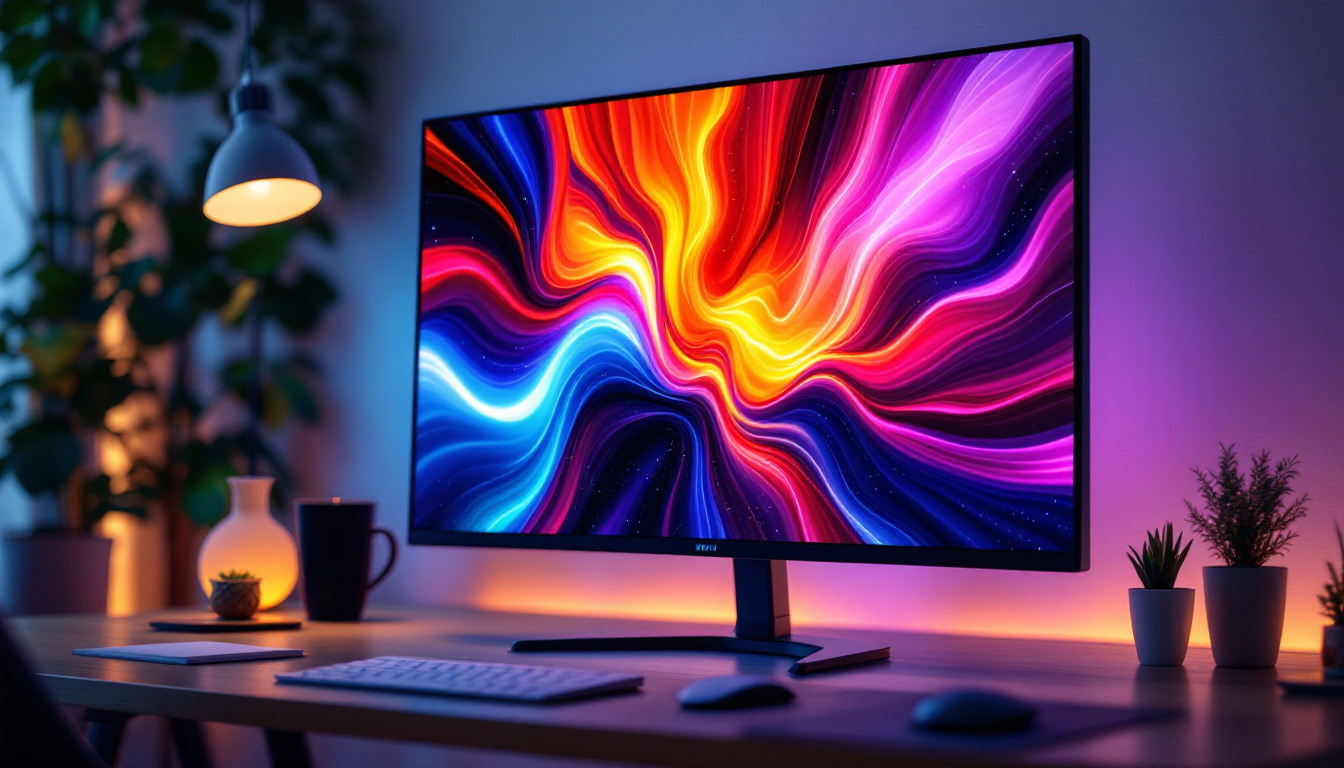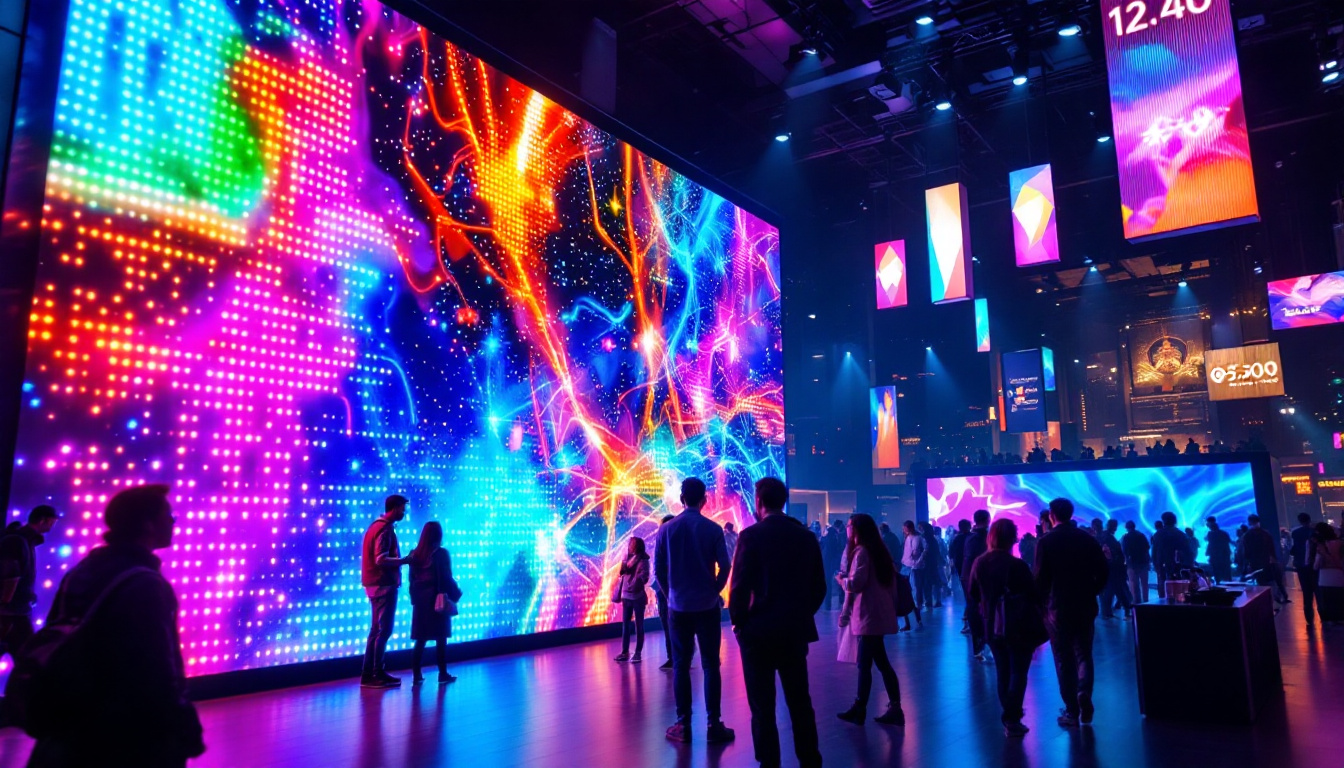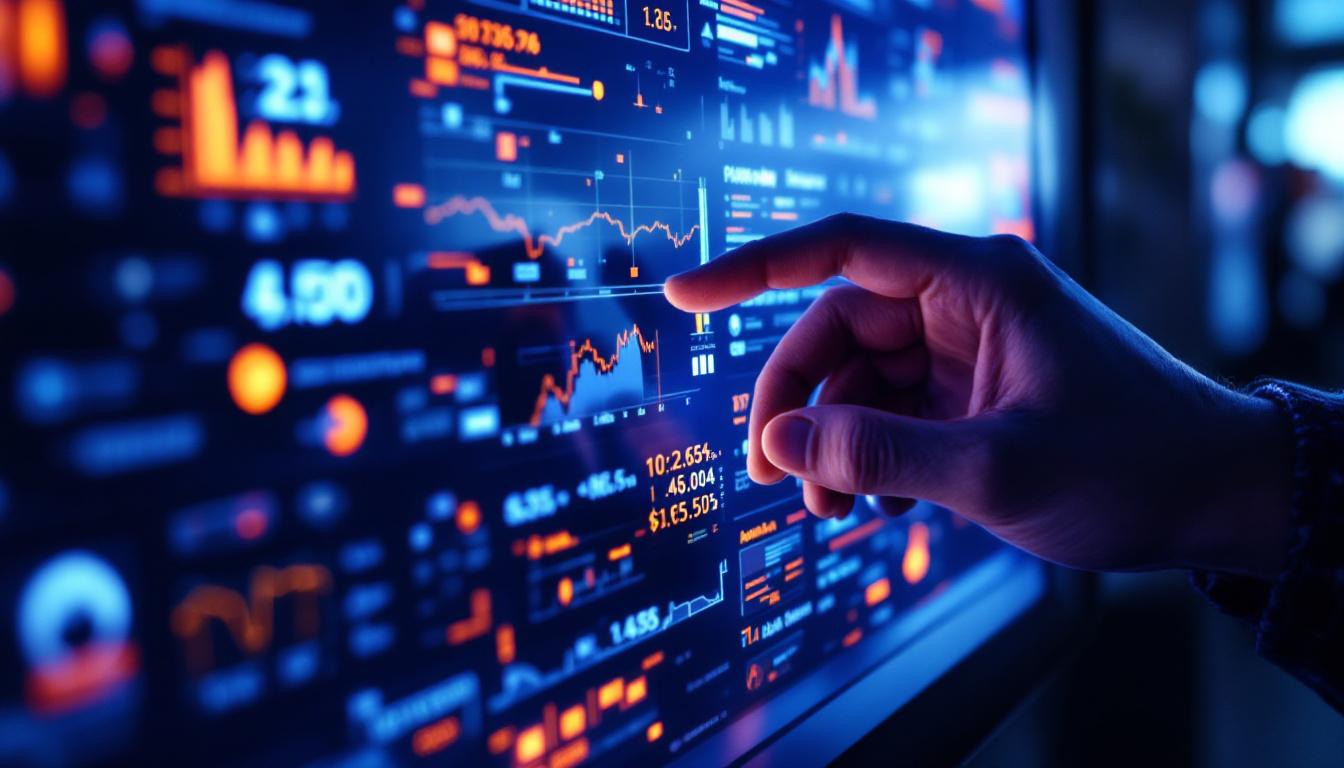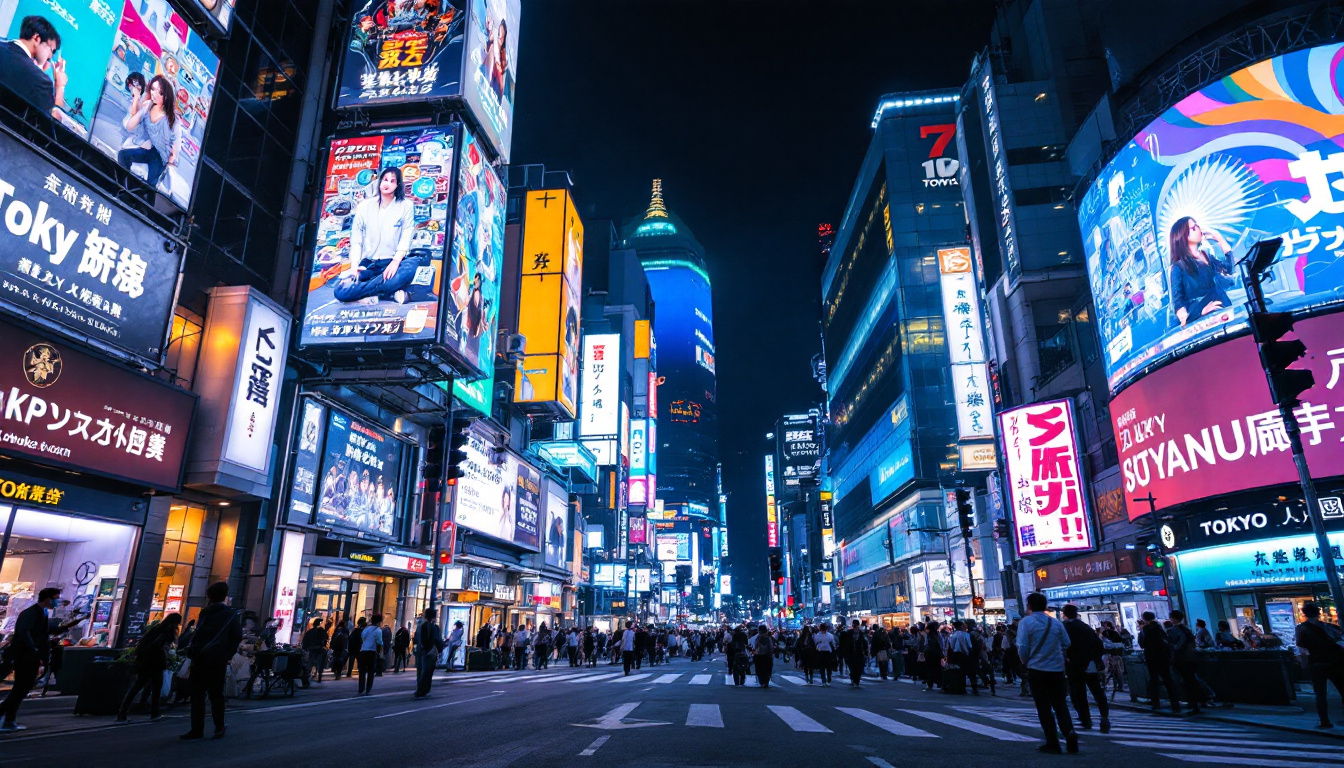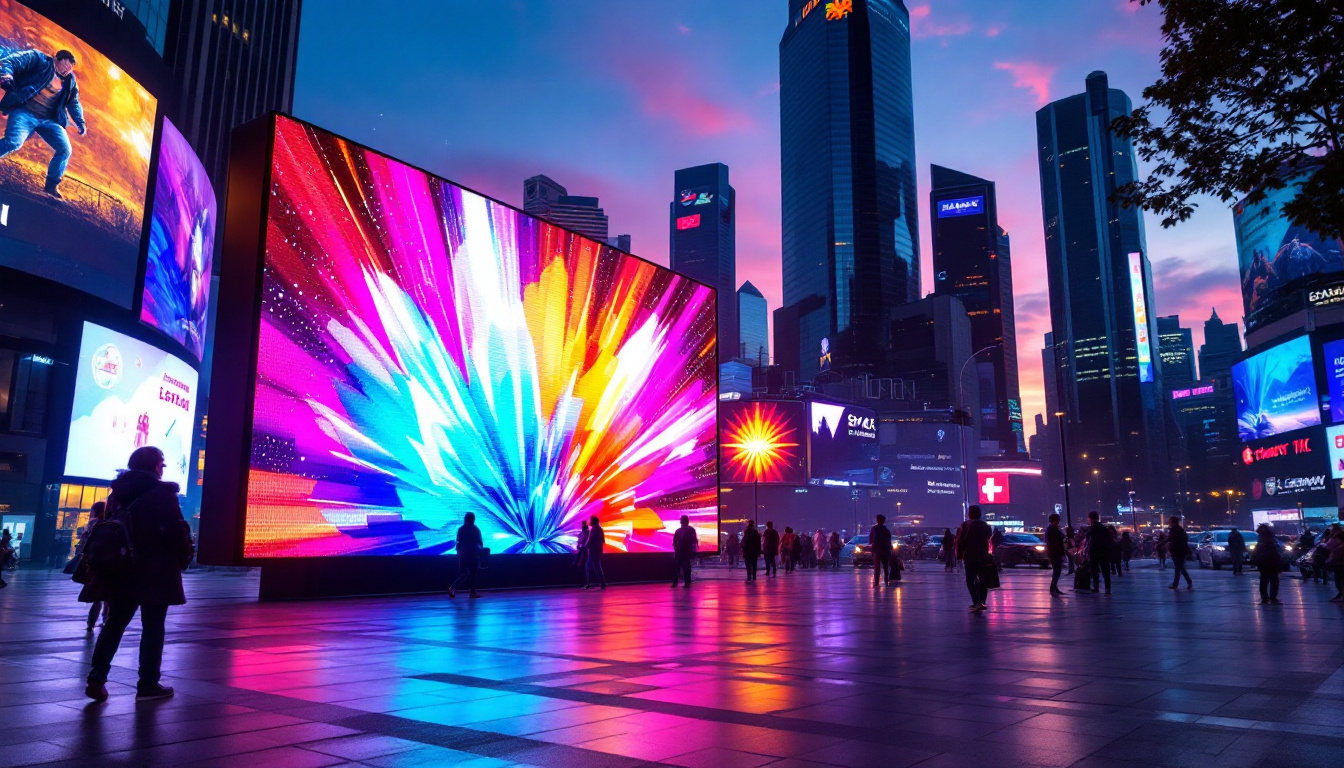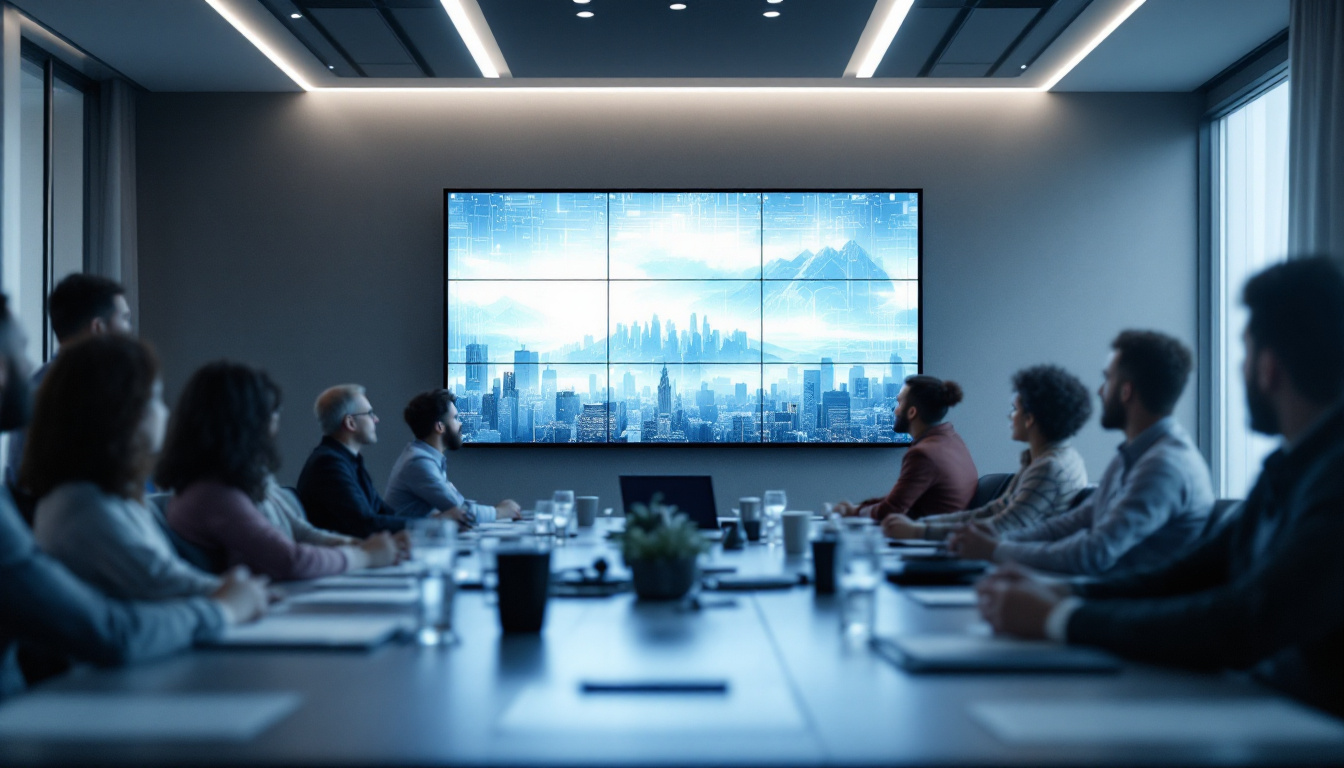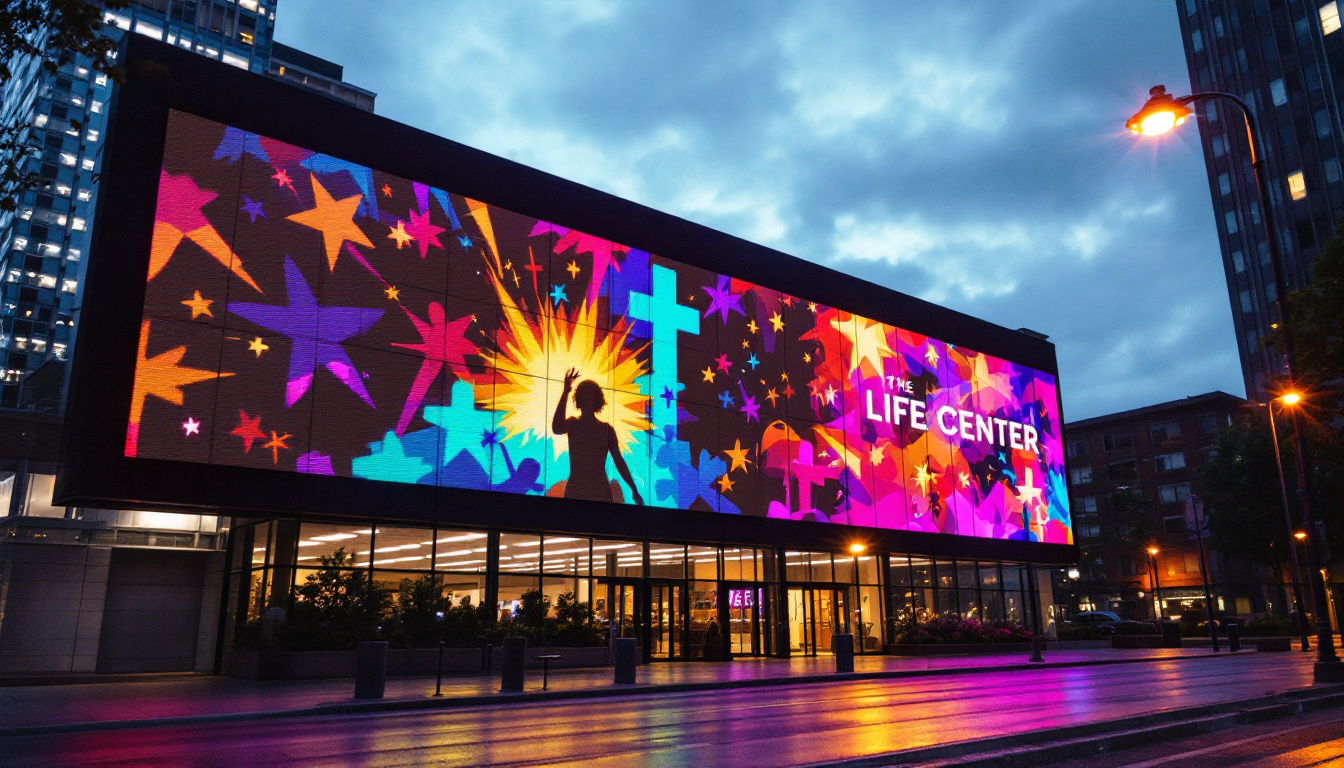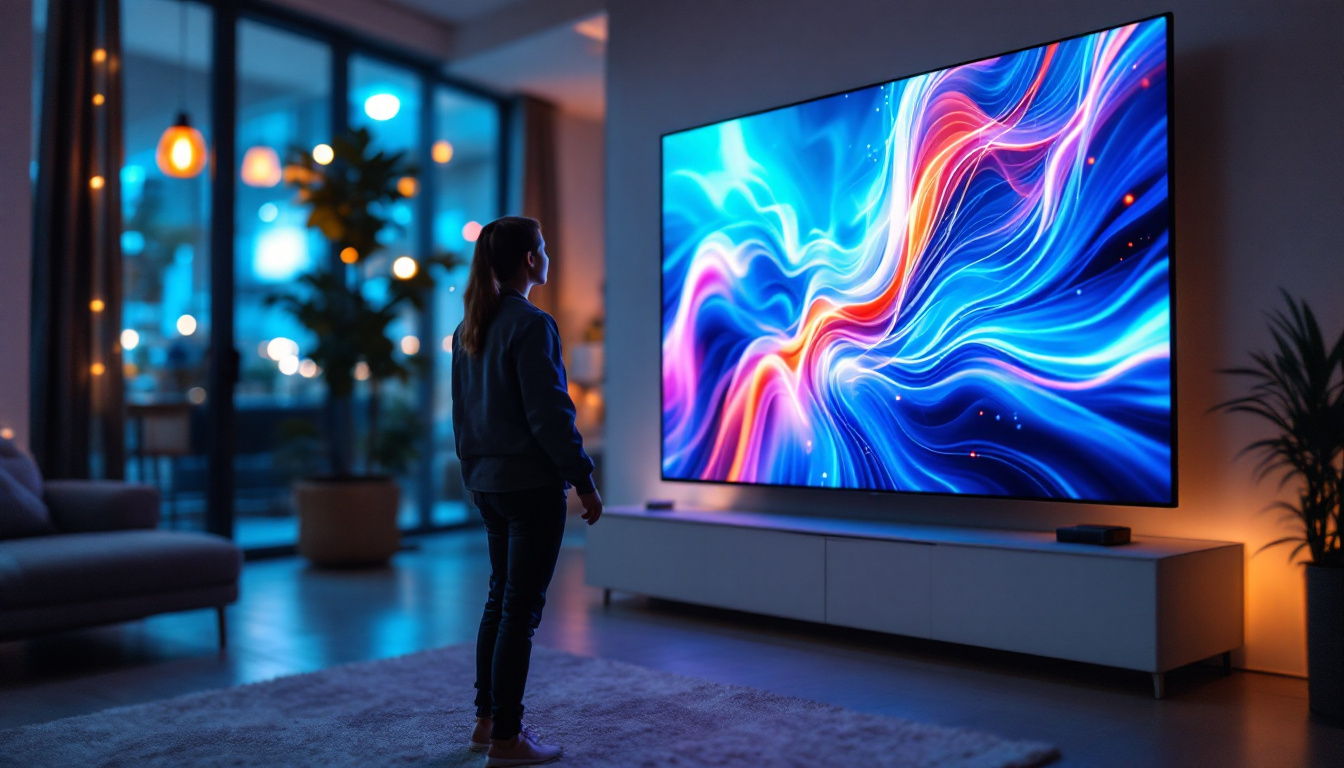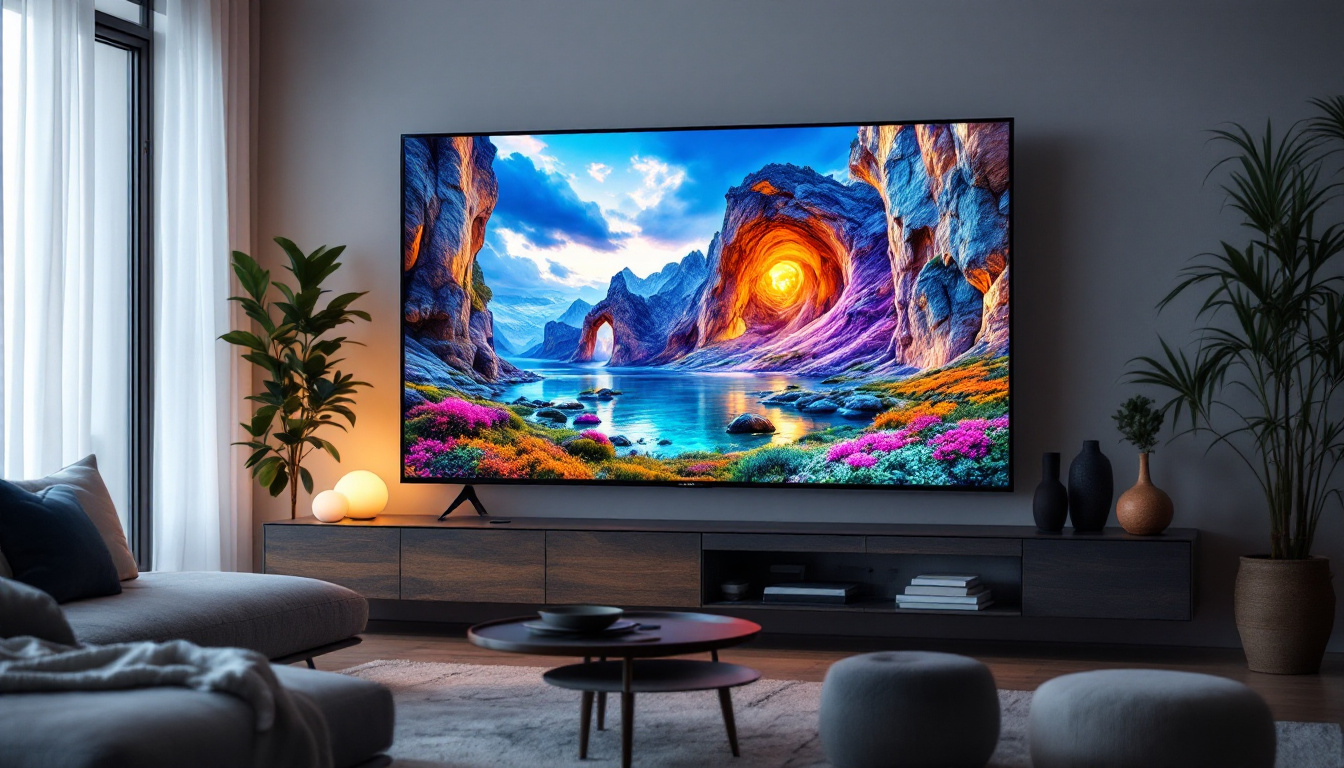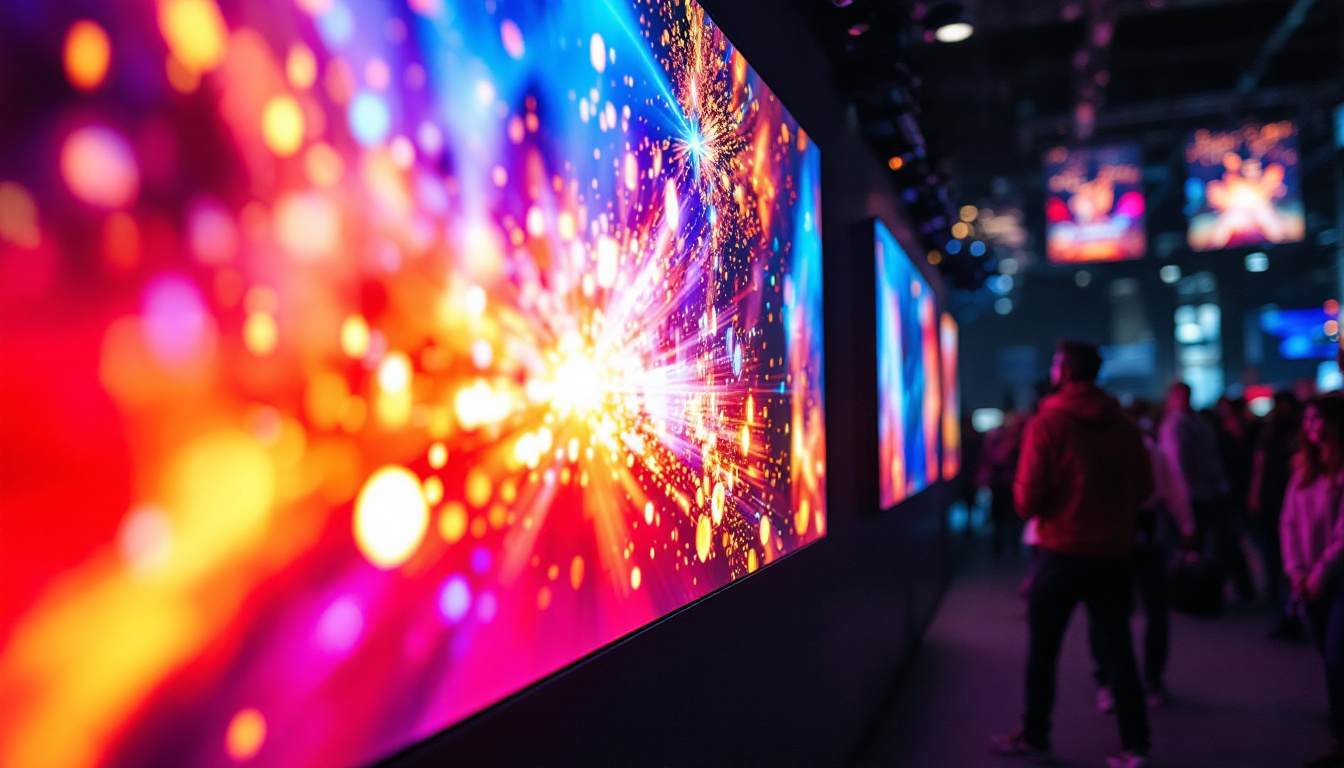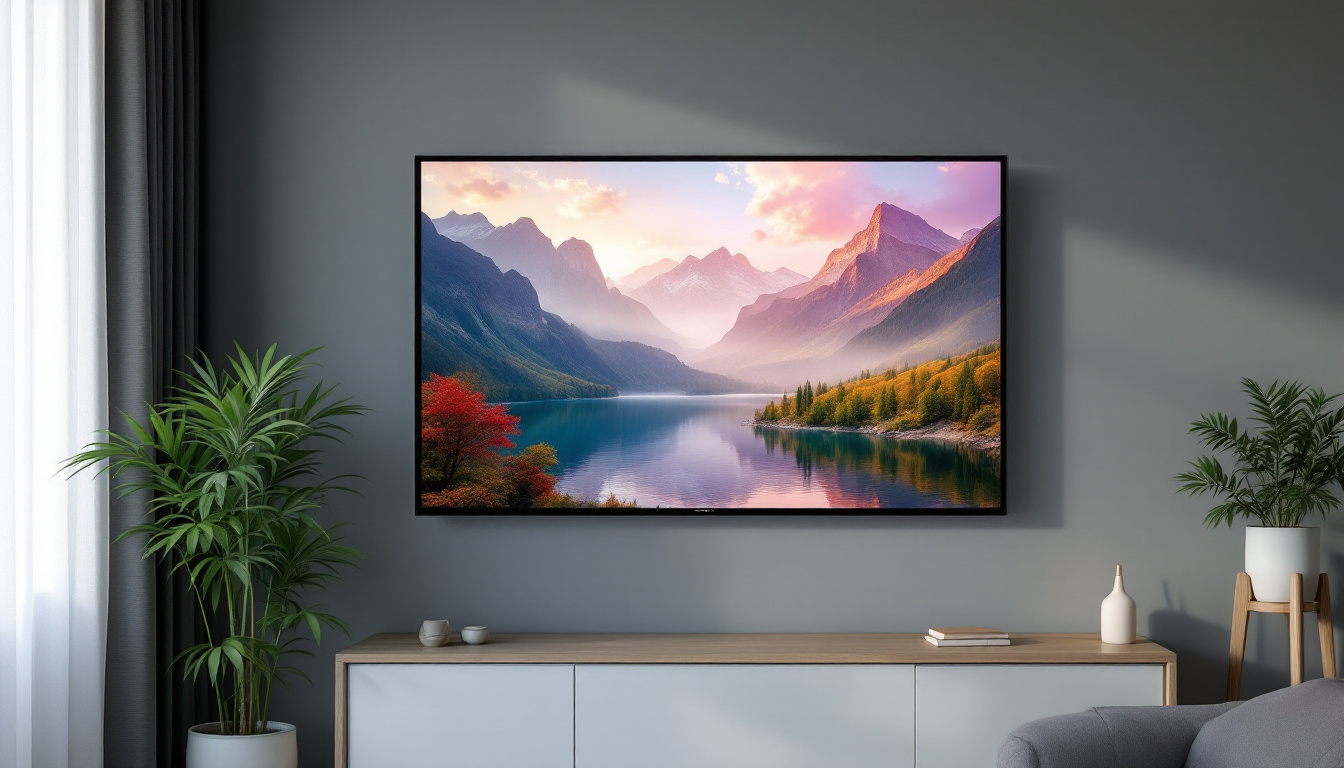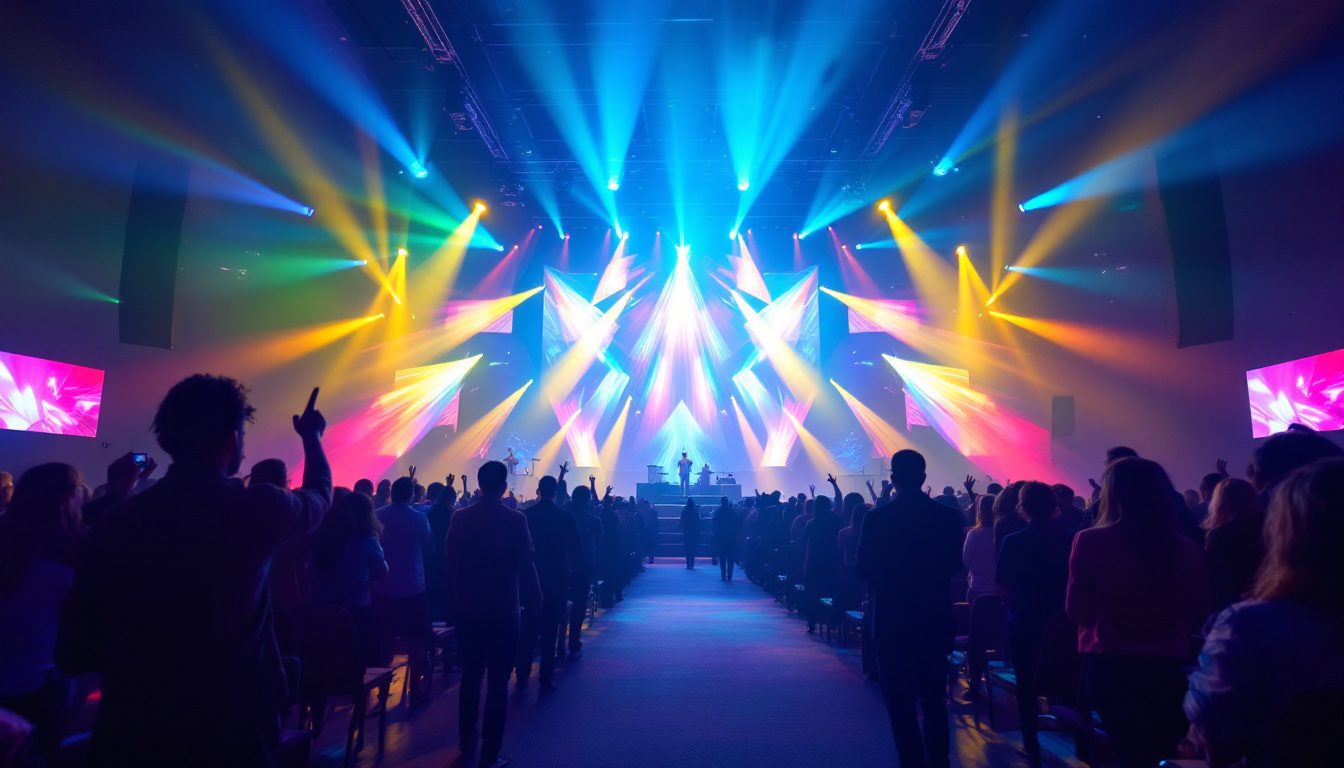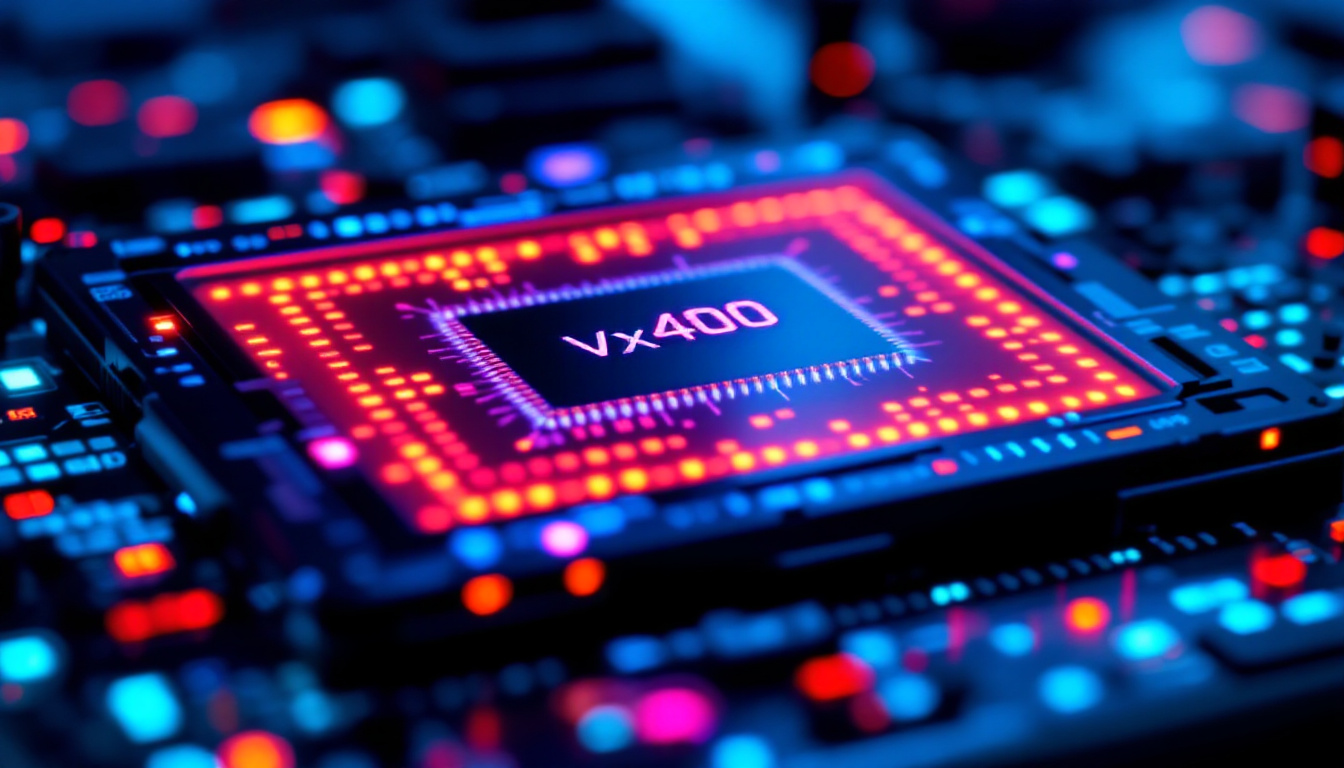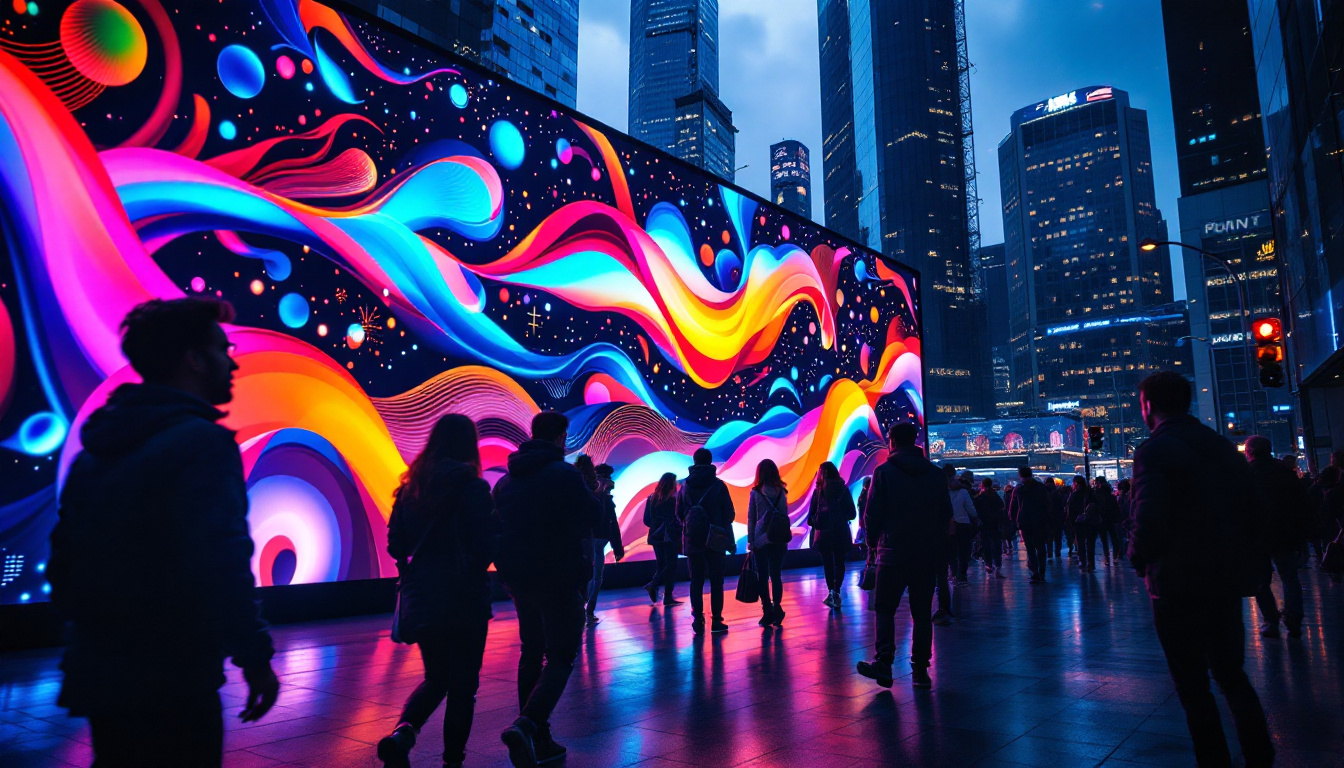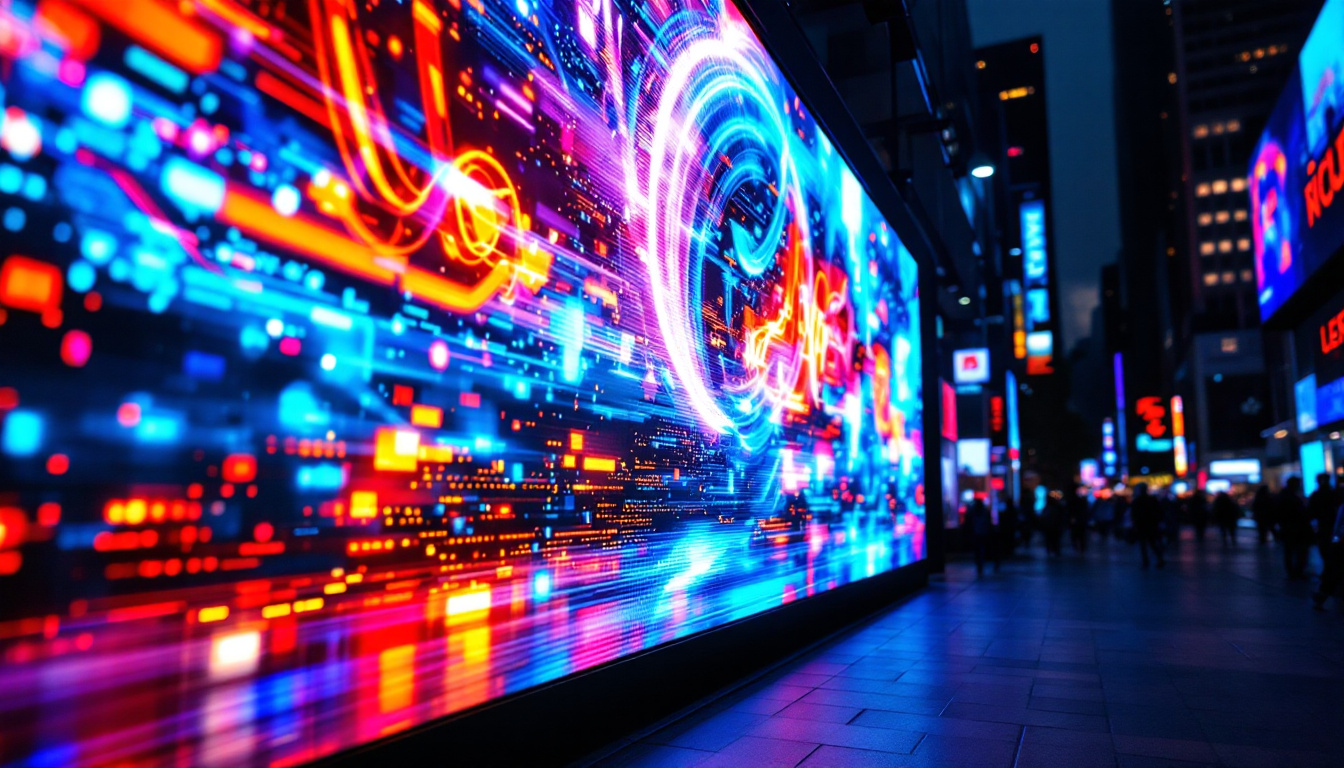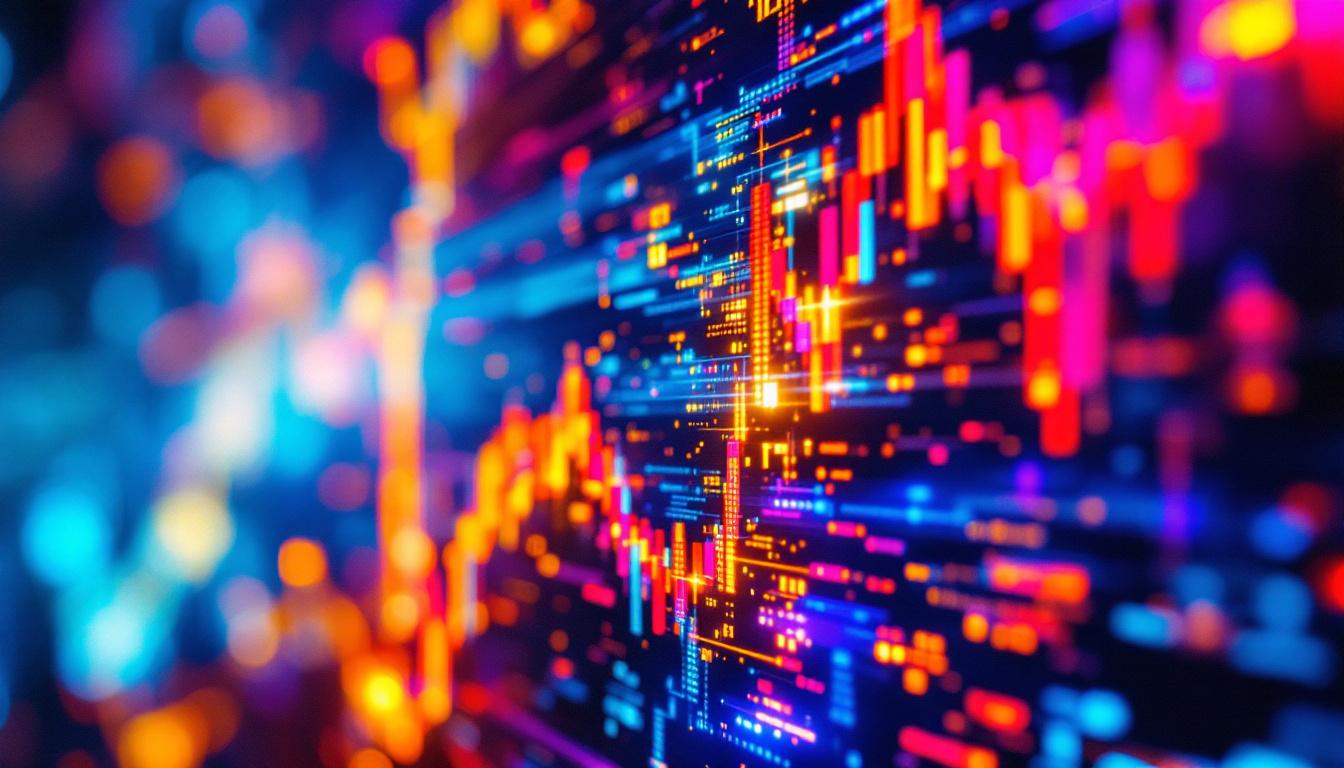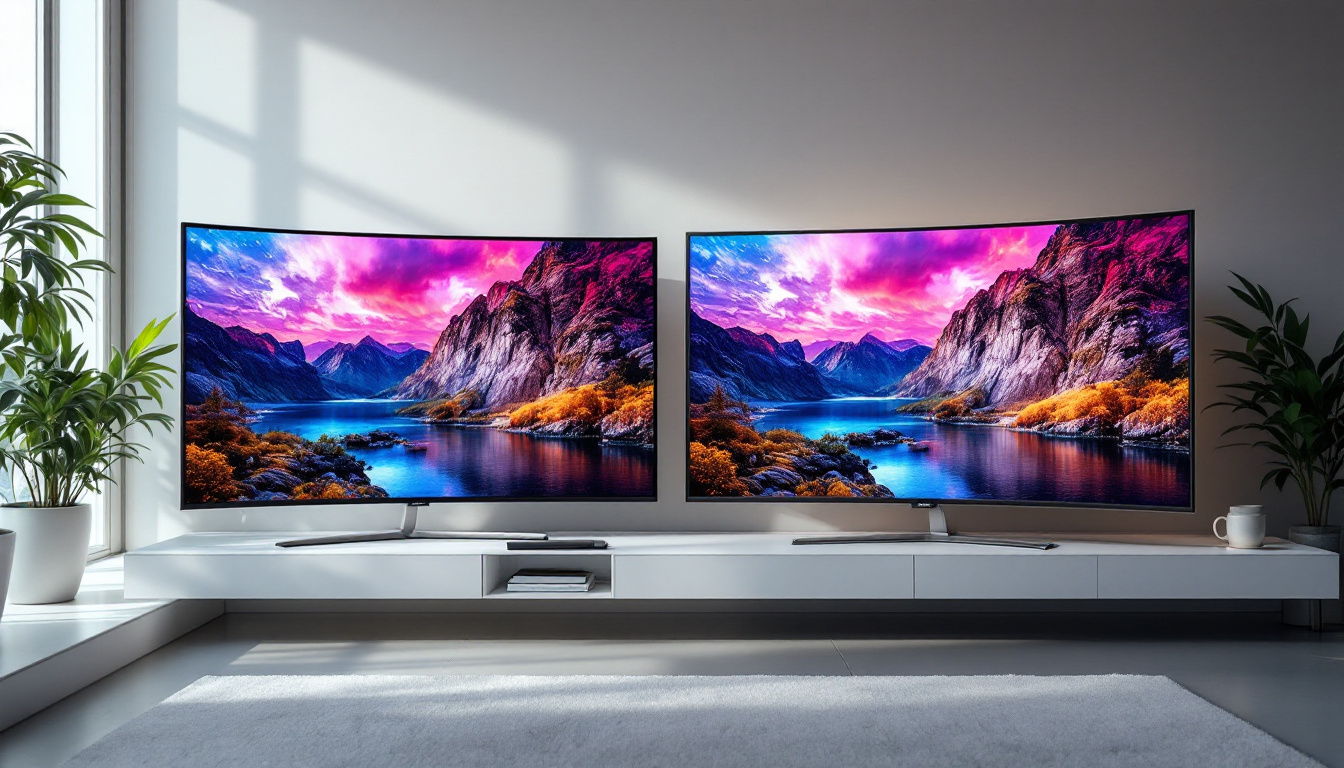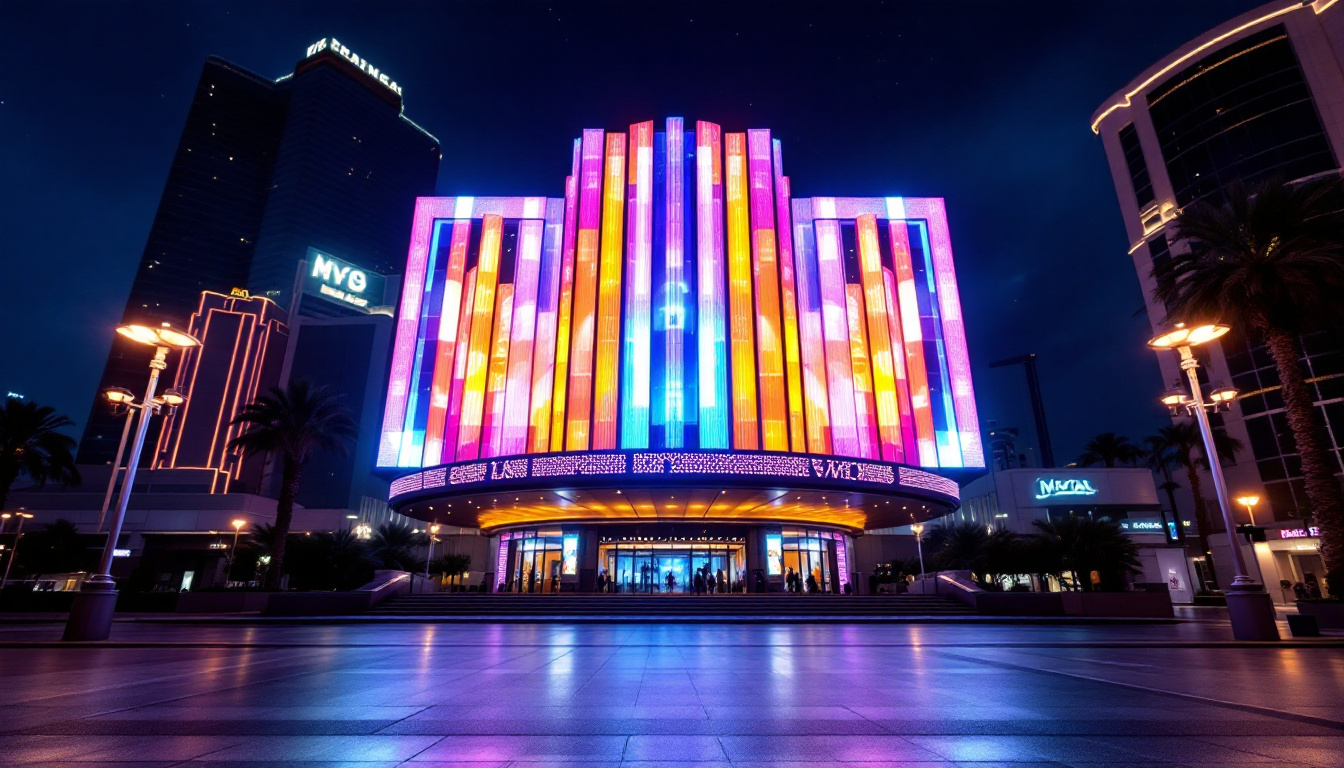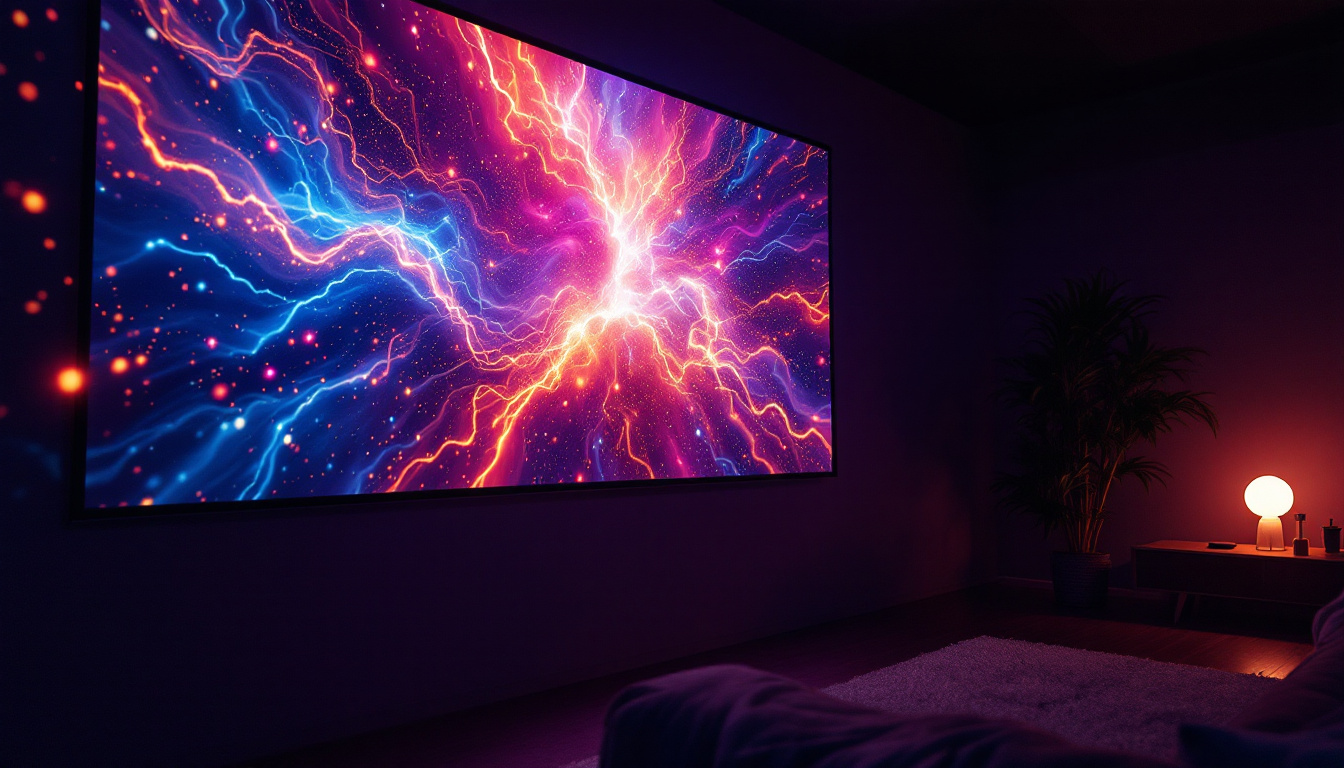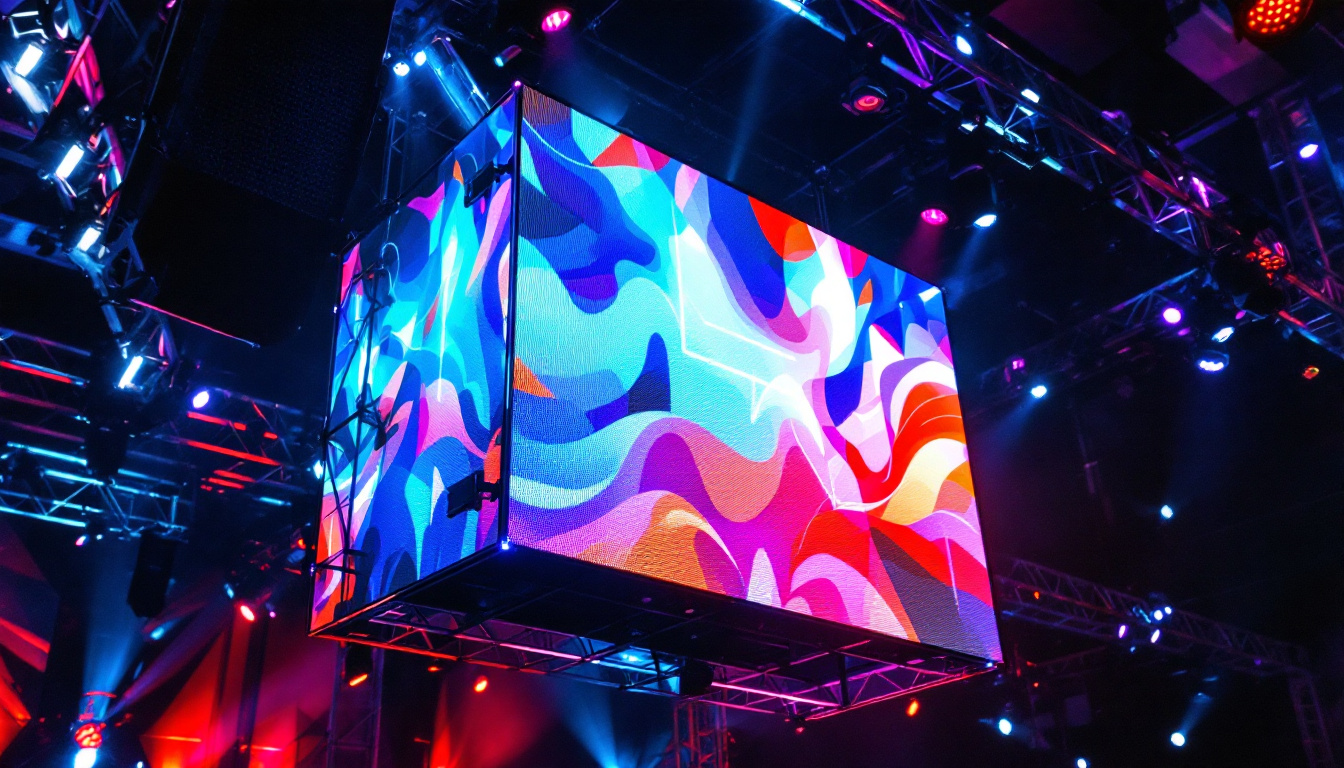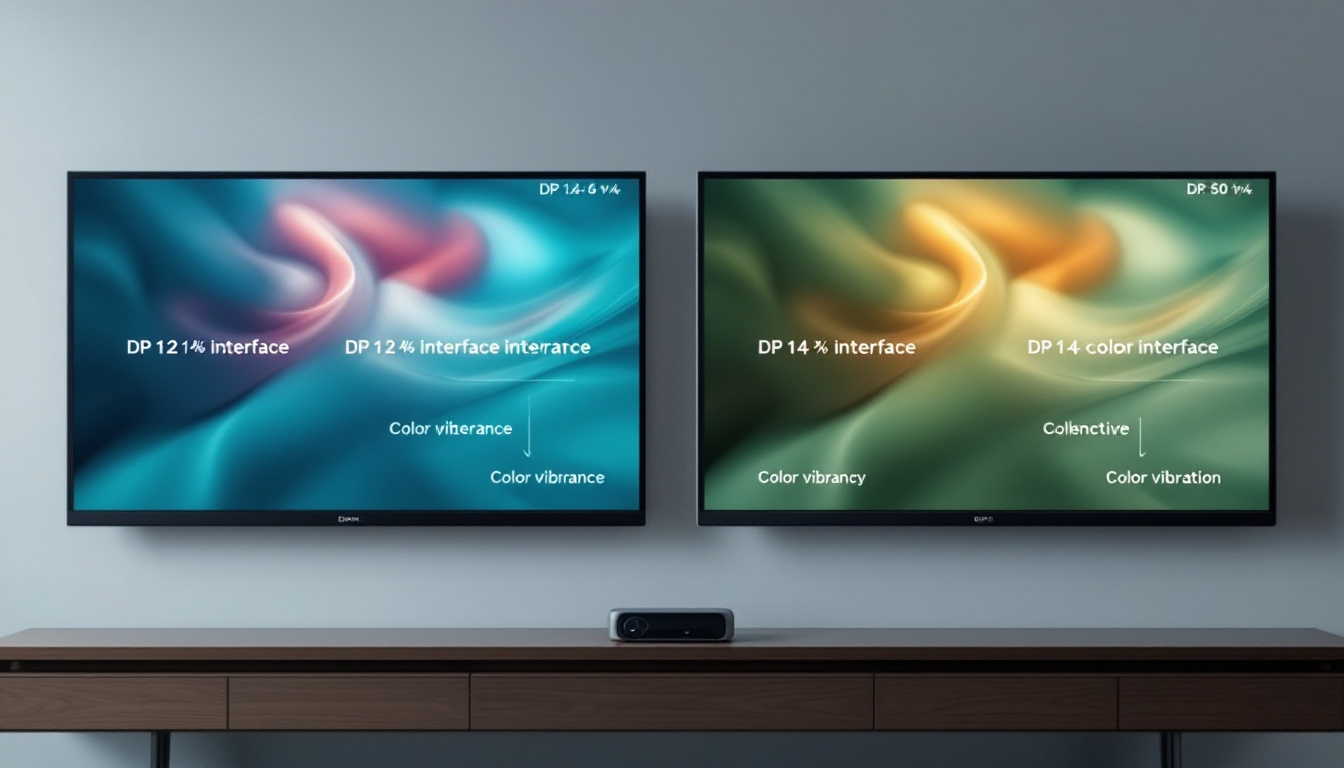In the realm of modern visual communication, the term “video wall” has become increasingly prominent. These impressive displays, composed of multiple screens or panels, are designed to create a larger-than-life visual experience. With advancements in LED technology, video walls have transformed the way information is presented in various environments, from corporate settings to entertainment venues. This article delves into the intricacies of LED video walls, exploring their components, applications, and the technology that powers them.
Understanding Video Walls
A video wall is essentially a large display made up of multiple smaller screens or panels that work together to show a single image or video. This configuration allows for a seamless and expansive viewing experience that is far superior to traditional single-screen displays. The technology behind video walls has evolved significantly, particularly with the introduction of LED (Light Emitting Diode) technology, which offers numerous advantages over older display methods.
The Components of a Video Wall
At its core, a video wall consists of several key components that work in unison to deliver high-quality visuals. These include the display panels, video processing units, mounting structures, and control systems.
Display panels are the most visible part of a video wall. They can vary in size, resolution, and technology, with LED panels being the most popular choice due to their brightness, color accuracy, and energy efficiency. Video processing units are responsible for managing the content displayed across the panels, ensuring that images and videos are rendered smoothly and without lag. Mounting structures provide the necessary support for the panels, allowing for flexible configurations, whether in a grid layout or a more creative arrangement.
Control systems play a crucial role in the operation of video walls, enabling users to switch between different content sources, adjust settings, and synchronize displays. Advanced control systems can integrate with various software applications, allowing for dynamic content management, real-time data visualization, and even interactive displays that engage viewers in unique ways. This level of adaptability makes video walls an ideal choice for a wide range of applications, from corporate environments to public installations.
LED Technology: A Game Changer
LED technology has revolutionized the video wall landscape. Unlike traditional LCD screens, LED panels utilize small diodes that emit light, resulting in brighter displays with better contrast ratios. This technology allows for vibrant colors and deeper blacks, making images more striking and engaging.
Furthermore, LED panels are known for their durability and longevity. They can withstand various environmental conditions, making them suitable for both indoor and outdoor applications. The modular nature of LED panels also means that they can be easily replaced or upgraded, ensuring that video walls remain relevant as technology advances. Additionally, the energy efficiency of LED technology contributes to lower operational costs, which is a significant consideration for businesses looking to invest in large-scale display solutions.
Another remarkable aspect of LED video walls is their ability to create immersive experiences. With advancements in pixel pitch—the distance between the center of one pixel to the center of an adjacent pixel—LED panels can now achieve incredibly high resolutions, allowing for detailed imagery even at close viewing distances. This capability is particularly beneficial in settings such as museums, where intricate details in artwork or exhibits can be highlighted, or in retail environments, where captivating visuals can draw in customers and enhance brand storytelling. The versatility and adaptability of LED technology continue to push the boundaries of what is possible with video walls, making them a staple in modern visual communication strategies.
Applications of Video Walls
Video walls are versatile tools that can be found in a multitude of settings. Their applications range from corporate environments to public spaces, each serving a unique purpose and enhancing the viewer’s experience.
Corporate Environments
In corporate settings, video walls are often used for presentations, meetings, and collaborative work. They can display data visualizations, video conferencing feeds, and multimedia presentations, facilitating better communication and engagement among team members.
Moreover, video walls can serve as a dynamic advertising platform within corporate offices. Companies can showcase their products, services, or brand messages in a visually compelling manner, capturing the attention of clients and visitors alike.
Beyond just advertising, video walls can also be utilized for training and development purposes. By displaying interactive content, such as tutorials and simulations, organizations can enhance the learning experience for employees. This not only aids in skill acquisition but also fosters a culture of continuous improvement and innovation within the workforce.
Public Spaces and Events
Video walls have become a staple in public spaces, such as shopping malls, airports, and stadiums. They are used to convey information, entertain audiences, and create immersive experiences. For instance, in airports, video walls can display flight information, advertisements, and even art installations, enhancing the overall travel experience.
At events such as concerts and festivals, video walls play a crucial role in engaging audiences. They can display live feeds, graphics, and animations that complement the performances, creating a more immersive atmosphere for attendees.
Additionally, video walls can be employed in public art initiatives, transforming urban spaces into vibrant galleries. Artists can use these large displays to showcase digital art, animations, or community-driven projects, inviting public interaction and dialogue. This not only beautifies the environment but also fosters a sense of community and cultural appreciation among the viewers.
Benefits of Using LED Video Walls
The advantages of utilizing LED video walls are numerous, making them an attractive option for various applications. From improved visibility to enhanced engagement, these displays offer a range of benefits that can significantly impact the effectiveness of visual communication.
High Visibility and Brightness
One of the most significant benefits of LED video walls is their high visibility. LED technology allows for bright displays that can be easily viewed in various lighting conditions, including direct sunlight. This is particularly important for outdoor applications where traditional displays may struggle to compete with ambient light.
The brightness of LED panels ensures that content remains clear and legible, regardless of the environment. This feature is essential for capturing the attention of passersby in busy public spaces or during events where visibility is crucial.
Seamless Integration and Customization
LED video walls are highly customizable, allowing for various configurations and sizes to meet specific needs. Whether a business requires a large, immersive display or a smaller, more focused setup, LED panels can be tailored to fit the space and purpose effectively.
Additionally, the modular nature of LED panels means that they can be easily integrated into existing setups or upgraded as technology evolves. This flexibility ensures that organizations can adapt their visual communication strategies without the need for complete overhauls.
Challenges and Considerations
While LED video walls offer numerous benefits, there are also challenges and considerations that organizations must keep in mind when implementing this technology. Understanding these factors can help ensure a successful deployment and operation of video walls.
Initial Investment and Maintenance Costs
The initial investment for LED video walls can be significant, especially for high-quality panels and advanced video processing systems. Organizations must consider their budget and the potential return on investment when deciding to implement a video wall.
Additionally, while LED panels are durable, they still require regular maintenance to ensure optimal performance. This includes cleaning the panels, checking connections, and updating software as needed. Organizations should factor in these ongoing costs when planning their video wall strategy.
Content Management and Creation
Another challenge associated with video walls is content management. Creating engaging and dynamic content that effectively utilizes the capabilities of a video wall can be complex. Organizations may need to invest in content creation tools and possibly hire skilled professionals to produce high-quality visuals.
Furthermore, managing the content displayed on a video wall requires a robust control system that can handle multiple inputs and formats. Ensuring that the right content is displayed at the right time is crucial for maximizing the impact of the video wall.
The Future of Video Walls
The future of video walls looks promising, with ongoing advancements in technology and design. As LED technology continues to evolve, video walls are expected to become even more versatile and accessible.
Emerging Trends in Video Wall Technology
One of the most exciting trends in video wall technology is the development of flexible and transparent LED panels. These innovations allow for creative installations that were previously unimaginable, enabling designers to create unique visual experiences that blend seamlessly with their environments.
Additionally, advancements in artificial intelligence and machine learning are set to enhance content management systems for video walls. These technologies can analyze viewer engagement and preferences, allowing organizations to tailor their content more effectively and improve audience interaction.
Integration with Other Technologies
As video walls continue to evolve, their integration with other technologies will also expand. For instance, augmented reality (AR) and virtual reality (VR) can be combined with video wall displays to create immersive experiences that captivate audiences.
This integration will open up new possibilities for storytelling, advertising, and entertainment, making video walls an even more powerful tool for communication and engagement.
Conclusion
In summary, LED video walls represent a significant advancement in visual communication technology. Their ability to create stunning, high-quality displays makes them an invaluable asset in various applications, from corporate environments to public spaces. While there are challenges to consider, the benefits of LED video walls far outweigh the drawbacks, making them a worthwhile investment for organizations looking to enhance their visual communication strategies.
As technology continues to evolve, the future of video walls promises to be even more exciting, with new innovations and trends emerging to redefine how information is presented. Embracing this technology can lead to improved engagement, better communication, and ultimately, a more impactful visual experience.
Discover LumenMatrix’s Innovative LED Display Solutions
Ready to elevate your visual communication with cutting-edge LED technology? Look no further than LumenMatrix, a pioneer in crafting LED display modules that bring your brand to life. Whether you’re seeking to captivate your audience with Indoor LED Wall Displays, make a statement in the great outdoors with Outdoor LED Wall Displays, or innovate on the move with Vehicle LED Displays, LumenMatrix has the solution. Our mission is to transform your visual storytelling with LED Poster Displays, LED Sports Displays, Floor LED Displays, Custom LED Displays, All-in-One LED Displays, and LED Transparent Displays. Don’t miss the opportunity to engage and inspire with unparalleled clarity and impact. Check out LumenMatrix LED Display Solutions today and join the revolution in visual communication.

